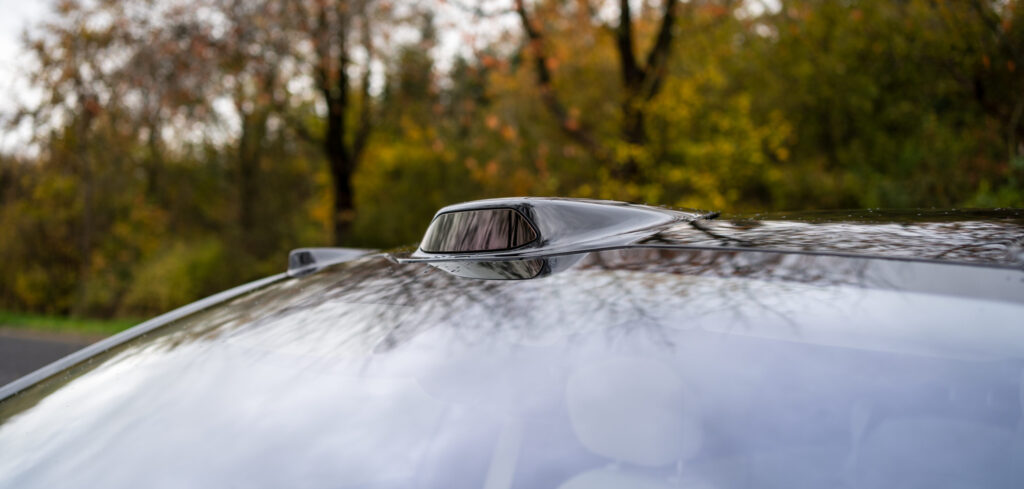By providing a long-lasting hermetic enclosure for lidar systems, glass-to-metal seals help the driver assistance systems that rely on this technology to perform safely for years to come, says Krisina Gruber, lidar product manager, Schott AG.
As advanced driver assistance and autonomous driving systems become more common in vehicles, the race is on to make these systems smaller and less expensive while upping performance. This is making it even more crucial to select the right packaging technology to protect these complex systems.
To maintain safety, lidar sensors must deliver stable and high-performance optical signal transmission consistently over many years, even though these highly precise sensor systems are regularly exposed to harsh weather conditions. Additionally, the system’s entire optical path must remain sealed. For today’s lidar systems this can include laser diodes, photodiodes, SPAD arrays, MEMs devices, active silicon devices, and other optics such as lenses and prisms.
 Electronic packaging using polymer seals
Electronic packaging using polymer seals
The polymer sealing technology that works for less complex LED and radio frequency automotive components doesn’t hold up well for lidar because water vapor can gradually penetrate, causing a host of problems. The permeability of polymer seals also means that when a car heats up — causing gas to leave — and then later cools, moisture on the package’s surface will be pulled inside.
Once water vapor reaches the inside of a package, it can condense into a droplet that might cause a short circuit or end up on an optical component, creating a blind spot or even leading to catastrophic failure of a sensor. This could result in incorrect input for driver assistance systems, cause errors in driving operations, or even contribute to an accident.
For the packages used for laser diodes and photodiodes, using a plastic optical window to let light signals in and out can also let in water vapor. This might lead to delamination that disrupts the component’s electrical contact, or cause oxidation that might slow the reaction time of a photodiode, leading to a delay in response time.
A long-lasting seal
Schott’s hermetic glass-to-metal seals are engineered to perform reliably in harsh operating conditions, such as extreme temperatures, moisture or pressure. These seals fully encapsulate lidar components or the entire system in a special combination of metal and glass that creates a virtually impermeable non-aging enclosure. Glass-to-metal sealing technology can also be used for optical windows that provide an optical path through the lidar sensor’s walls. This technology creates a true hermetic seal that keeps water vapor out and isn’t prone to outgassing. With a helium leak rate of just 1 x 10-8 mbar l/s (cc/sec), what’s inside the vacuum-tight package can be left there for its entire lifetime.
 Seals for every type of lidar system
Seals for every type of lidar system
As a rapidly emerging technology, a wide variety of technological approaches are used for lidar, each with unique components and differing packaging requirements. For example, some systems incorporate single-photon avalanche diodes (SPADs), which detect pulses at rates of 2-5ns. Using glass-to-metal seal technology is critical for SPADs because any oxidation and delamination will slow response time, affecting the overall performance of the lidar system.
 For MEMs mirrors, which are used to shrink the scanning components of lidar systems, hermetic glass-to-metal seals are key because they create a vacuum inside the package that is maintained for years. By eliminating air resistance, the vacuum increases the range and speed of these components, allowing lidar systems to capture information from a larger area.
For MEMs mirrors, which are used to shrink the scanning components of lidar systems, hermetic glass-to-metal seals are key because they create a vacuum inside the package that is maintained for years. By eliminating air resistance, the vacuum increases the range and speed of these components, allowing lidar systems to capture information from a larger area.
Drawing on decades of experience in glass-to-metal seals, Schott can develop customized solutions that meet all lidar application needs. From concept development to prototyping, testing and manufacturing scale-up, the company’s in-house experts can help make innovative ideas a reality.
Learn more from the product website.


